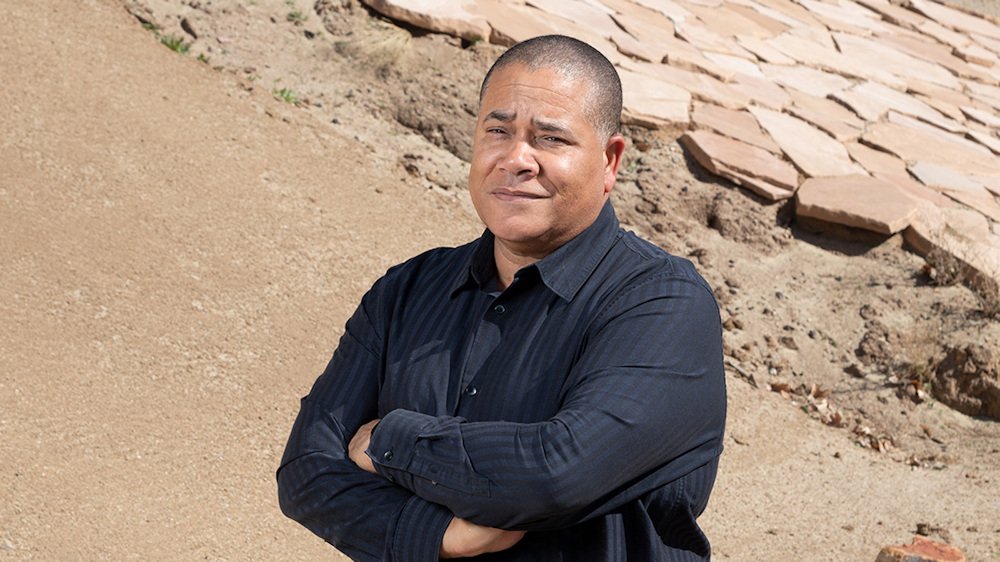OSU alum had a big hand in getting Perseverance rover to the surface of Mars

CORVALLIS, Ore. (KTVZ) – William Allen’s trip to Oregon State University four decades ago as a prospective student helped set the stage for his role in another transformative visit this week: the arrival on Mars of NASA’s Perseverance rover.
“Oregon State was touted as a good engineering school, and once I stepped foot on that campus, that’s all it took for me,” said Allen, a 1986 OSU graduate who’s playing a pivotal role in the Perseverance project as a mechanical engineer with NASA’s Jet Propulsion Laboratory.
Allen, who usually goes by Wil, who grew up in west Los Angeles. He chose to pursue engineering midway through high school after spending his childhood taking apart and improving every bicycle or other mechanical device his parents gave him.
“By then, most students had already decided what they wanted to study, and the other aspiring engineers had taken much more advanced math and were further along, so I had to catch up,” he said. “I knew if I stayed home in California that would be harder, so a combination of that and wanting to choose a good engineering school were what brought me to Corvallis. I had to grow up really fast both educationally and personally.”
At Oregon State, Allen says he found the faculty to be exceptional, including the advising faculty, one of whom had connections to Caltech, which manages the Jet Propulsion Laboratory for NASA. The JPL and OSU partnered to allow Allen to work at the lab in six-month “co-ops,” twice as long as a standard three-month internship.
“I interned with JPL throughout my whole scholastic career at OSU,” said Allen, who studied engineering physics at Oregon State. “With the co-op program, you had to take a quarter off school to combine it with the summer; it was an experimental program at JPL, and OSU hadn’t heard of such a thing, but they signed up and made it work for me.
“The background at Oregon State was giving me the foundation to grow, and the work at JPL was giving substance to the theory – with a six-month time period, they could give you real-world problems to solve.”
Allen started working full-time at JPL after graduating. In the ensuing 35 years, he has tackled an array of the lab’s highest-stakes problems, often as part of a “tiger team” – a cross-disciplinary group that can see challenges and find solutions from an array of engineering angles.
Having already served on JPL’s past Mars explorers, Allen was tapped for several Perseverance tiger teams.
“Getting a chance to work with such brilliant minds is incredible and motivating,” he said. “The problems are unique, and sometimes the solutions need to be unique as well. To be in the mix of those minds and solve those problems is extraordinary.”
Amid it all, Allen maintains close ties with his “OSU family.”
“I made a lot of friends up there that I still stay in touch with,” said Allen, who met his wife, Suzie Cheatham, his first week on campus and married her six years later; the couple has two grown children.
And while Allen has helped drive the current generation of space exploration, OSU’s prowess in fields related to it has only grown since he was a student. Oregon State is one of just two universities with space, sea, sun and land grant designations and has the nation’s 10th largest engineering college based on undergraduate enrollment.
The OSU College of Engineering is a global leader in computing, robotics, artificial intelligence, materials science and advanced manufacturing and also ranks second nationally among land grant universities and third among the nation’s top public research universities for percentage of tenured or tenure-track faculty who are women.
“My time at Oregon State was by far the most meaningful five years I’ve ever had, an exceptional experience,” Allen said. “And the career at JPL that it helped me prepare for is very rewarding. For the most part, you just put on your work hat and go to work every day, and then events like yesterday happen every so often to remind you that this is kind of cool stuff we do.”